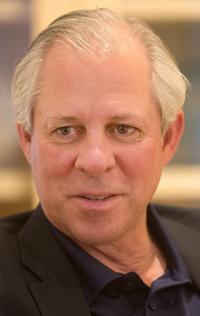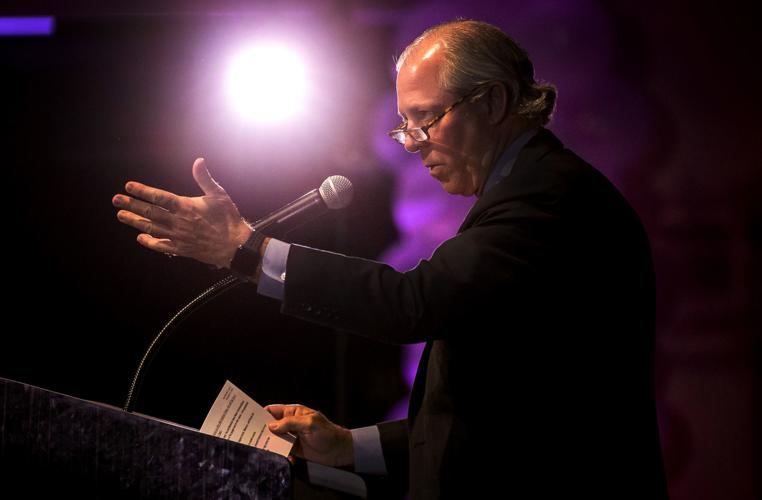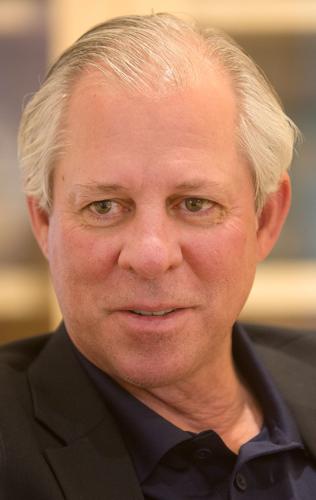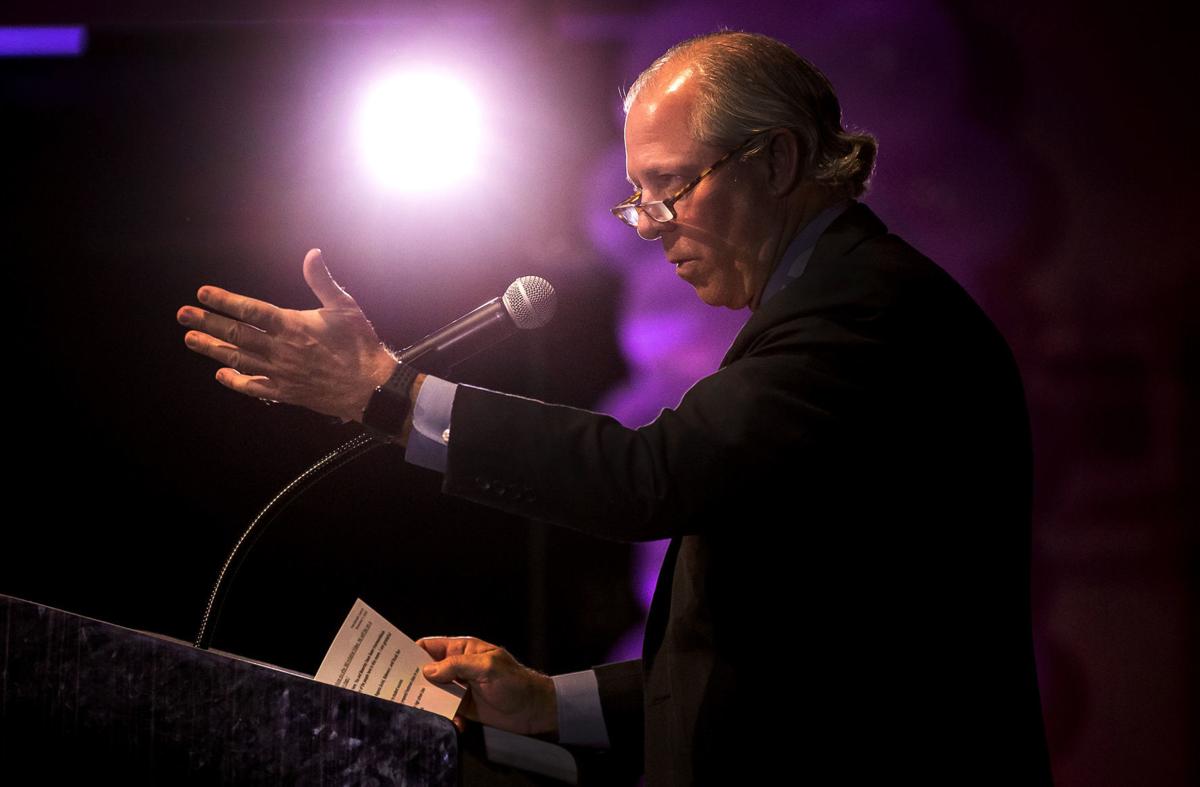The University of Arizona paid more than $14 million to a global consulting firm for planning advice in what could be the largest contract of its kind in school history.
McKinsey & Co., a behemoth that has catered for decades to Fortune 500 companies but has relatively little experience consulting for American universities, charged the UA up to $185,000 a week for each three-person team, and dispatched at least 16 consultants to campus intermittently over a 10-month period, records obtained by the Arizona Daily Star show.
UA President Robert C. Robbins, who took over as president in mid-2017, hired McKinsey six months later on a no-bid contract to help create two new strategic plans, one that covers the entire university and another directed for the school’s medical enterprise.
In an interview, Robbins acknowledged the expense was risky, but he believes it was money well-spent.
This month marks the one-year anniversary of the main plan’s public unveiling. Robbins is slated to give a progress report to his bosses, the Arizona Board of Regents, when they meet at the UA later this month.
“It’s true they are very expensive,” Robbins said of McKinsey, but added he’s “very very proud” of the end result. “I would say it’s transforming the university in terms of giving us a road map to where the university will go in the next 10 to 15 years.”
Details of McKinsey’s work are elusive because the firm demands secrecy from its clients on the grounds that its methods and strategies are trade secrets. When the Star made a public-records request for McKinsey’s contract, the UA allowed the firm to black out entire pages of information the company considers proprietary.
The redactions, allowable under state public-records law, make it virtually impossible for an outsider to tell precisely what the firm did to earn its fees.
Public officials also disagreed over whether the contract violated procurement laws aimed to curb government spending.
In an emailed statement, McKinsey stood by the “quality and impact of our work and our team.”
“We stand by the blueprint the University of Arizona developed, with our support, to advance its educational and research mission,” the statement said.
Mixed reviews
Some UA insiders share the president’s view that McKinsey was worth the money.
“McKinsey brought in a lot of experience, they brought in a lot more resources,” said Elliott Cheu, associate dean for the College of Science, who for months worked closely with the consulting firm.
“The other thing they also really did was they were big thought partners for us. It was good to have somebody to bounce ideas off of and help develop things as we were going.”
Others say the expense wasn’t justified.

Robert Robbins
“Do I think we paid too much? I absolutely think we paid too much for what we got,” said UA faculty chair Jessica Summers, who represents faculty as a member of the president’s cabinet and is an associate professor in the Department of Teaching, Learning & Sociocultural Studies.
She agreed the UA needed outside help with planning, “but I don’t think they (McKinsey) were the best fit.”
For example, she said a survey McKinsey administered to UA employees seemed to be written for corporate clients. Many faculty members didn’t know how to respond when asked to rate their “supervisor,” because they typically report to a department chair and a dean and ultimately are supervised by the provost.
Further, while the survey was supposed to be anonymous, some questions seemed likely to identify respondents, Summers said.
“None of it was specific to higher education, which is a lot more complicated than a corporate hierarchy,” she said. “I expected more for what they were charging.”
“Patina of respect”
As the world’s oldest and largest management consulting firm, McKinsey has advised a long list of corporate giants, princes and potentates.
It had $10 billion in revenue last year and a clientele that included Russian and Ukrainian oligarchs, Saudi Arabian Crown Prince Mohammed bin Salman and OxyContin maker Purdue Pharma.
Over its 93-year history, the firm has helped revolutionize industries: It is credited, for example, with helping to invent the barcode, which simplified cashiering and slashed the amount of time people spend in checkout lines. Former U.S. presidential candidate Mitt Romney famously told the Wall Street Journal in 2007 that if elected, he would “probably bring in McKinsey” to fix the nation’s ills.
But university consulting is a fairly new field for McKinsey, and clients have been few and far between, Star research shows.
McKinsey declined to say how many American universities it has worked with. An online bio for the consultant who led the UA job shows the Tucson school is one of about 20 university clients worldwide.
Even though McKinsey branched out into higher education several years ago, the firm’s reputation has primarily been connected to corporate work, according to Lawrence Cunningham, a professor of corporate governance at George Washington University. He said the price tag the UA paid was “very high.”
“McKinsey is a powerhouse in corporate consulting,” he said. “It’s a very corporate place. ... I have my doubts about whether that skill set is easily adaptable to the university.”
While using a consulting firm in higher education planning creates a “patina of respect,” Cunningham said, it also “creates boxes or boundaries or limits” to a process that should be inclusive throughout the whole university.
“The main thing that’s valuable in strategic planning is getting the sense of being a team,” Cunningham said. “The best way of doing that is to have internal committees and processes and have the troops lead the charge. Outside consultants are not the best way to achieve that culture.”
Robbins said he spoke to “three or four” other universities that used McKinsey’s services before deciding whom to hire. One was Ohio State University, which paid McKinsey $9 million for its strategic plan about six months earlier. Ohio State President Michael Drake raved about the firm, saying the experience was “fantastic,” Robbins said.
He said the UA made extensive efforts to seek feedback during the planning process, touching base with more than 10,000 employees, students and community members.
And he pointed out the strategic plan is connected to a $3 billion to $4 billion fundraising campaign expected to launch publicly in the next year or so. He said the $14 million consulting tab isn’t a lot of money per year for a plan that covers the next decade.
“If you amortize this over 10 or 15 years, it’s about a million, million-half a year investment in our future,” Robbins said.
The UA’s total budget is $2.1 billion this school year.
Ethics controversies
Despite its reputation, McKinsey has increasingly run into trouble in the corporate world. The consultant has faced numerous ethics controversies in the last two years, including:
• The firm is blamed for fueling the nation’s opioid addiction crisis in a lawsuit by the state of Massachusetts filed in January against OxyContin maker Purdue Pharma, which hired McKinsey to help boost sales. The suit claims McKinsey advised Purdue to tell doctors “that opioids provide ‘freedom’ and ‘peace of mind’” and would make patients “more optimistic and less isolated.” McKinsey and Purdue parted ways a few months after the case became public.
• The firm’s Saudi Arabia work came under scrutiny last year when The New York Times reported on McKinsey’s efforts to trace the sources of negative Twitter posts about the kingdom. Two of the three Saudis who wrote the posts said they or their family members subsequently were arrested. McKinsey responded to the Times story on Twitter, saying the firm was “horrified by the possibility, however remote” that its work was used to silence dissidents.
• McKinsey reached a $15 million settlement with the U.S. Department of Justice in February over claims that the firm’s bankruptcy consulting arm repeatedly broke the law by not disclosing conflicts of interest that could have benefited the firm financially.
• The firm reached a $74 million settlement with a South African prosecuting authority last year after admitting to overcharging a financially shaky utility.
Robbins, asked if such headlines concern him, replied: “Well, of course, it always does. But again, that’s McKinsey ... it is a brand and it is a big name.”
In Arizona, public officials disagreed on whether McKinsey was eligible to contract with the UA on a no-bid basis.
McKinsey told the UA the firm was authorized to offer no-bid services because it was previously hired to do workshops and training for the Arizona Department of Administration.
But Megan Rose, a department spokeswoman, said the type of contract McKinsey had with the state could be used only by other state departments, not by outside entities such as universities.
“You can’t just go out and jump on any state contract,” as a springboard to other contracts, Rose said.
McKinsey, the UA and the Arizona Board of Regents all disputed Rose’s characterization, saying the company’s hiring without the UA seeking competitive bids was permissible.
Universities can piggyback onto any state contract “as they have done for decades,” regents spokeswoman Julie Newberg told the Star.
Starting to launch
Jane Hunter, the UA’s vice president of strategic initiatives, is now in charge of overseeing the 150-page strategic plan that is broken down into five pillars and 90 initiatives, many focused specifically on student success.
Each pillar and each specific initiative were assigned owners to oversee implementation. Hunter estimated 52 initiatives are underway; 43 are in what they call the “launch phase” while nine are in the pre-launch phase. The rest are being evaluated for a time frame.
Among the initial successes, Hunter said, were improvements in the UA’s relationships with students. That includes improved internal communication and better relationships with outside companies to provide jobs and internships.
“Sometimes students start feeling like, ‘What am I? Just a number?’ They start feeling like we don’t really understand them,” Hunter said. “And frankly, in some cases, we didn’t because we didn’t have those connections.”
Robbins, too, said the new plan is already helping the UA improve. He pointed to the size and quality of the university’s current freshman class, saying it’s the highest the UA has had “in terms of SAT scores, ACT scores, National Merit finalists” without sacrificing diversity.
The school is also improving affordability with the Pell Pledge Grant program that covers the cost of tuition for many low-income students, he said, and the UA’s retention rate rose two percentage points to 83% last year.
“I have to say I am very, very proud of the strategic plan and it’s not my plan, right? It’s a collective plan,” he said.
When Robbins gives an update to his bosses later this month, he likely doesn’t have to worry about how he’ll be received. Regents board chair Larry Penley sang the UA president’s praises when asked for comment on the plan.
“Through the University of Arizona’s Strategic Plan, the university is well-positioned to enable student success, advance research and navigate technological and societal challenges facing Arizona and the nation,” Penley said in an email.
“President Robbins has demonstrated his leadership in developing a plan that recognizes near- and long-term challenges and opportunities facing the university. In doing so, he makes a great university stronger.”






